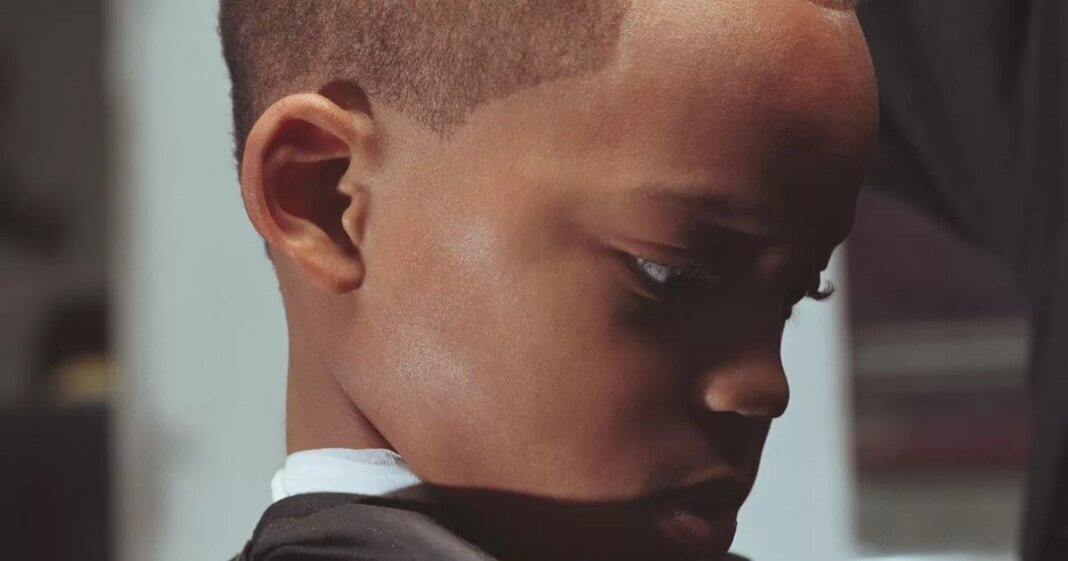Award-winning journalist Eva pens a weekly column for the Daily Mirror and is also a member of the newspaper’s original 3am Girls team.
Upon my child’s first day at secondary school, like many parents, I felt overwhelming pride. My son appeared sharp in his new uniform – sporting a blazer, tie, shirt, and polished shoes. I captured numerous photos to share with loved ones.
Upon our arrival at the school, a teacher singled out my son, requesting a meeting with his parent. Stepping forward proudly, I didn’t anticipate being called out for my son’s neat appearance on his inaugural day at the new school.
“Good morning,” greeted the teacher. “Have you reviewed the school’s hair policy? Your son’s haircut violates it,” he pointed out.
I was taken aback. Violates? What was he referring to?
My son’s haircut was typical – a style he had maintained throughout primary school. A short crop akin to the one sported by former US President Barack Obama. However, the school deemed it an “extreme” haircut as it fell below a certain length. I must admit, I was on the brink of tears from this revelation.
In a typical British manner, I offered profuse apologies and reassured the teacher it wouldn’t recur. Nonetheless, I was seething. It needlessly created a divide and left a bitter taste in my mouth.
Instances of black children facing repercussions for hair choices have been too frequent. Therefore, I found solace in the actions of St Albans headteacher Julie Richardson, who disregarded the school’s rigid hair rules.
Now, students are free to wear cornrows, Afros, short hair, or any hairstyle without facing isolation and missing out on essential learning time.
Many uniform policies concerning hair are unreasonable, disregarding children’s cultural backgrounds. For instance, black schoolgirls have been prohibited from having braids, deemed as extensions, despite their neatness and time-saving benefits.
This unjust treatment fosters resentment, ultimately harming the children.
A major issue lies in the lack of diversity among school governors, creating a closed system. Schools, especially those with significant black student populations, often lack black representation in the governing bodies, a situation that demands change.
I commend Ms. Richardson for her progressive stance and hope more schools follow suit.

